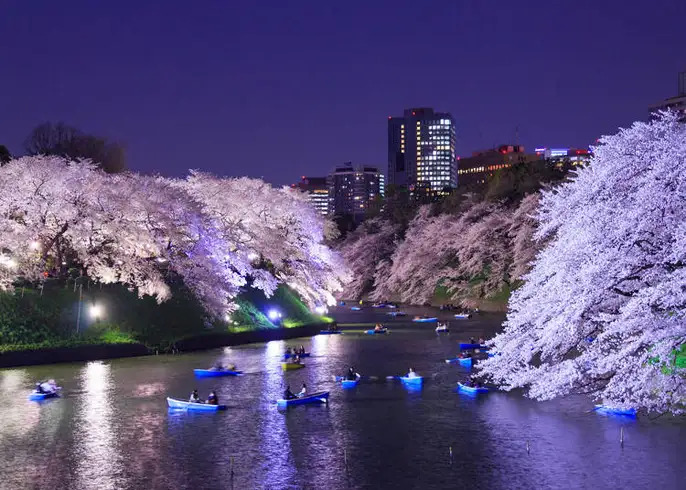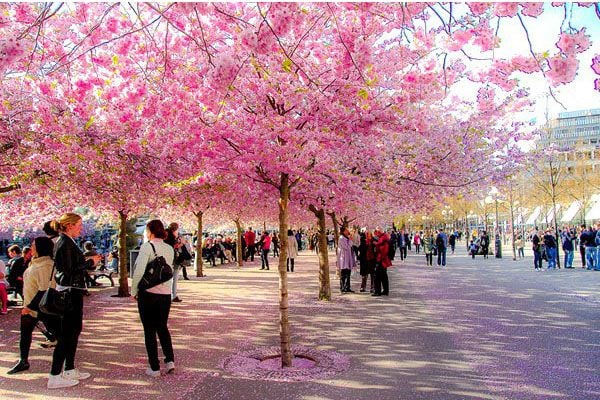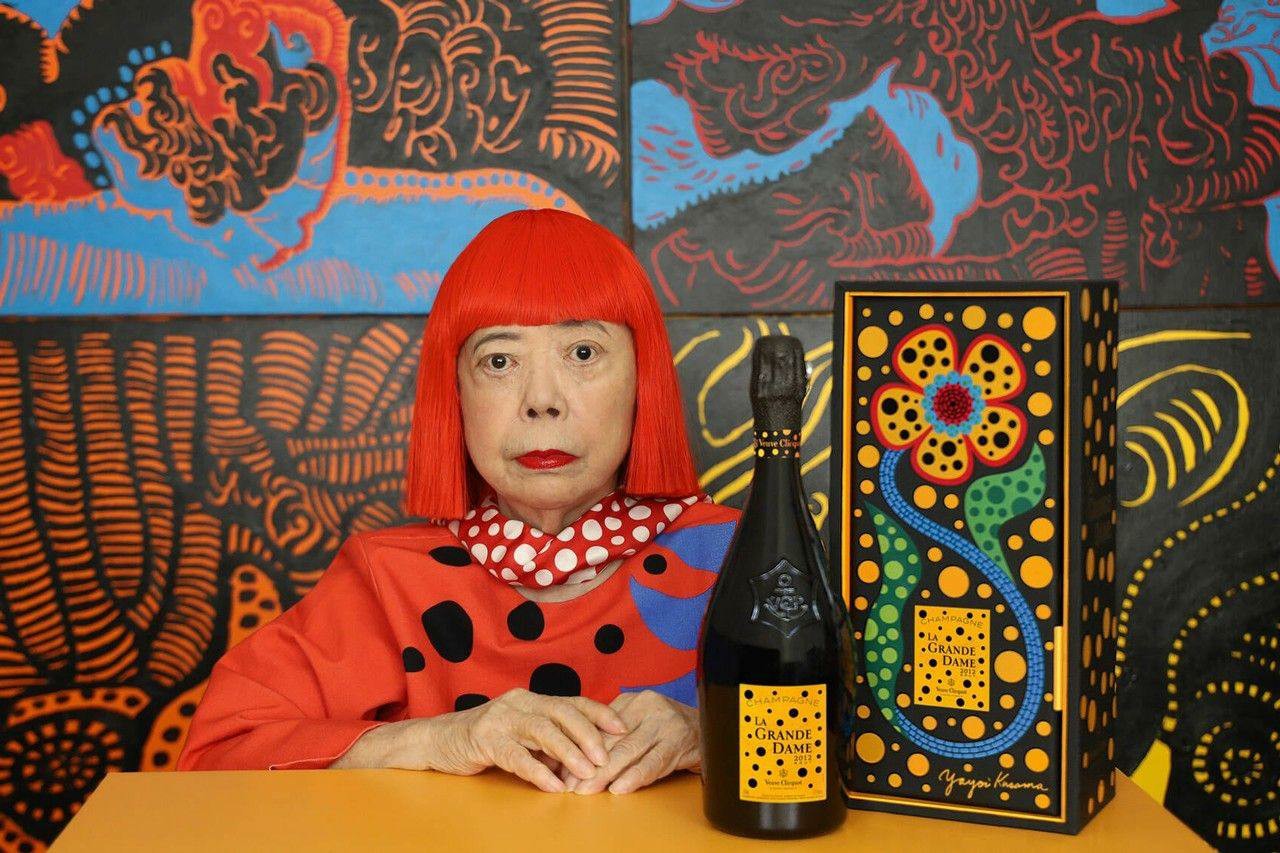When talking about Japan, people often call it “the land of sakuras” with its poetic beauty and unique traditional culture. If you have the opportunity to set foot in this beautiful country, do not miss the opportunity to experience unique traditional festivals to understand more about the people and culture here.
The shimmering Nagasaki lantern festival
The Nagasaki Lantern Festival is one of the largest lantern festivals in Japan. It is held in Nagasaki city every year to welcome the lunar new year. The festival lasts for 15 consecutive days, from January 25th to February 8th. More than 15,000 lanterns and lights brighten the city, creating an interesting and exciting space.

The festival originated from Chinese residents living in Nagasaki's Chinatown, and it has become an official annual festival in the city since 1994. The Nagasaki Festival has attracted visitors with its grandeur. The whole sky of Nagasaki is a giant, majestic stage with lights and music. The sight of more than 15,000 large and small lanterns will definitely overwhelm you.

The Lantern Festival has attracted more than a million visitors during the Lunar New Year to Nagasaki to see and enjoy not only lanterns but also artistic fireworks displays and other performances such as Ja-odori (dragon dance, lion dance and mask changing performance, etc.). This is a festival in Japan that you should not miss once you come here.

Immersed in sakuras at Hanami festival
Hanami Festival (also known as Sakura festival) is one of the famous traditional festivals in Japan. This is an opportunity for people and tourists to enjoy the beauty of cherry blossoms, a symbol of freshness, prosperity and impermanence.

The word “Hanami” is composed of two words: “Hana” meaning flower and “Mi” meaning viewing. Hanami means enjoying flowers and this is also the name of the most famous festival in Japan. This festival has a long history dating back thousands of years and is considered a national holiday of Japan, an indispensable beauty in this country's culture.

Japanese people often hold parties, drink, sing and take photos under the beautiful sakuras. At the Hanami festival, you can easily see images of Japanese girls in traditional kimonos under cherry blossoms, families having fun together, all of which create a bold mark for this country's special Hanami flower viewing festival.

Tenjin festival: Experience the unique and vibrant Japanese culture
Tenjin Festival (Tenjin Matsuri) is one of the famous traditional festivals in Japan. This is a summer festival in Osaka, focusing on many rituals, dances and music. The celebration culminates with a dazzling 1.5-hour fireworks display. This festival is more than 100 years old, honoring Sugawara Michizane, the Japanese god of learning and wisdom. \

The Tenjin Matsuri festival originated in 951 at Tenmangu Shrine. On the night of July 25th, a parade of 100 boats floats down the Osaka River, creating a magnificent and beautiful sight. This festival is considered one of Japan's top three festivals. The Tenjin Matsuri festival begins on July 24th with rituals performed at temples and on the river with the shishimai dragon dance and wishes for Osaka's peace and prosperity.

When the preparations were completed, men wearing red hats began beating drums, signaling the start of the festival. The festival centers around the god of learning, Sugawara Michizane, worshiped at Tenmangu. People took the god from the temple to a portable shrine and carried him through the streets, then took him on a boat around the city to ensure the prosperity of Osaka.

In addition to the above festivals, Japan also has many other traditional festivals with their own unique cultural features. Participating in traditional Japanese festivals is a great way for visitors to understand more about the people and culture of this country. Plan your trip to Japan and experience colorful traditional festivals!
Larissa | Cameron Truong









/anh-1.jpg)






